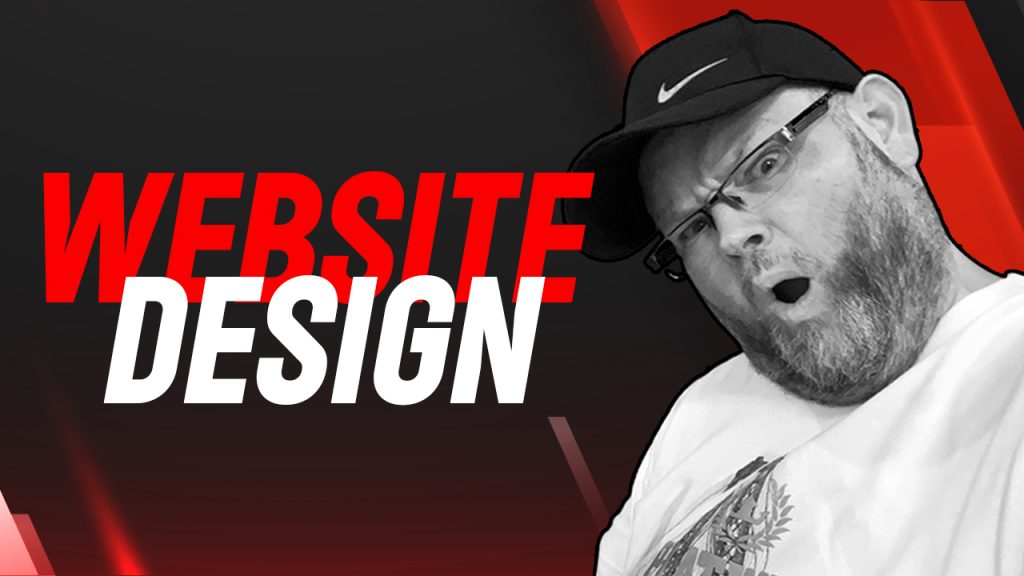
White label web design can really set you apart if you use the right techniques. Start by ensuring your design is fully customizable, so clients can make it their own without a hitch. Prioritize a clean, user-friendly interface that makes navigation a breeze, and include detailed documentation to help clients understand and tweak the design as needed. Building in SEO-friendly features from the get-go can also be a game-changer. Finally, keep communication open and transparent to build trust and ensure your design meets client expectations every time.
Customization at Its Core
To truly excel in white label web design, customization is key. Offer clients the flexibility to tweak layouts, colors, and functionalities to reflect their brand’s unique identity. This means providing a robust backend where changes can be made easily without needing deep technical knowledge. By enabling clients to personalize their site, you empower them to create a platform that aligns with their vision and enhances their brand’s presence. This approach not only boosts client satisfaction but also strengthens your reputation as a versatile designer.
Flexible Layout Options
Allow clients to adjust layouts with drag-and-drop features or pre-designed templates. This flexibility lets them rearrange elements to suit their needs without requiring coding skills. Offering a variety of layout choices ensures they can tailor the design to fit their brand’s unique style and functional requirements, enhancing their overall satisfaction with the end product.
Custom Color Palettes
Incorporate options for clients to easily change color schemes to match their brand colors. Providing a user-friendly color picker or pre-set palettes allows them to maintain brand consistency across their site. This feature not only aligns with their visual identity but also simplifies the design process, making it more accessible and efficient for clients.
Adjustable Typography
Enable clients to modify fonts and text sizes through a simple interface. Offering various font choices and size adjustments helps them match the typography to their brand’s style and tone. This customization enhances readability and user experience while allowing clients to maintain a cohesive brand image throughout their website.
Modular Functionality
Design with modular components that clients can easily add, remove, or rearrange. This approach offers them the freedom to adjust functionalities based on their evolving needs. Modules such as contact forms, galleries, and testimonials can be tailored or replaced, providing a flexible solution that adapts to changes and growth.
User-Friendly Backend
Ensure the backend of the design is intuitive and easy to navigate. A well-organized dashboard with straightforward options for customization helps clients manage their site effectively. Clear instructions and a simple interface reduce the learning curve, making it easier for clients to implement changes and updates without needing extensive technical support.
User Experience Focus
Design with user experience (UX) at the forefront to ensure the end product is intuitive and engaging. A clean, responsive design that adjusts seamlessly across devices can significantly improve usability and satisfaction. Prioritize elements like easy navigation, fast loading times, and accessible features. Testing the design on various devices and screen sizes will help catch any issues before launch. By putting UX first, you enhance the overall effectiveness of the site, making it more likely that clients will see positive results and return for more.
SEO Integration
Incorporating SEO-friendly features from the start can set your white label designs apart. Ensure that each site is built with clean, optimized code, includes meta tags, and follows best practices for on-page SEO. Integrate responsive design elements and fast-loading times to improve search engine rankings. Providing clients with an SEO-friendly foundation not only boosts their visibility online but also demonstrates your commitment to creating high-quality, effective web solutions. This added value can lead to more satisfied clients and better long-term relationships.
Detailed Documentation
Providing thorough documentation is essential for a smooth client experience. Create clear, step-by-step guides that explain how to use and modify the design. This should cover everything from basic tweaks to more advanced customizations. Good documentation helps clients feel more confident and self-sufficient, reducing their reliance on your support for minor issues. It also showcases your professionalism and the thoughtfulness you put into the design, making it easier for clients to understand and appreciate the work you’ve done.
Transparent Communication
Maintaining open and transparent communication throughout the design process builds trust and ensures a smoother project experience. Keep clients informed about timelines, milestones, and any potential issues. Be responsive to their feedback and provide regular updates on progress. Clear communication helps manage expectations and prevents misunderstandings, leading to a more collaborative relationship. By being transparent, you not only enhance client satisfaction but also foster a positive working environment that can lead to future opportunities.
Scalable Solutions
Design with scalability in mind to accommodate future growth and changes. Clients appreciate a design that can easily evolve as their business expands or their needs shift. Implement flexible layouts and modular elements that allow for easy updates and additions. By offering scalable solutions, you help clients invest in a design that remains relevant and functional over time, reducing the need for costly overhauls and reinforcing your reputation as a forward-thinking designer.
Performance Optimization
Ensure that your white label designs are optimized for performance. This means focusing on fast loading times, smooth interactions, and efficient resource use. Implement techniques like image optimization, minimal use of heavy scripts, and effective caching strategies. A well-performing site not only enhances the user experience but also contributes to better search engine rankings and lower bounce rates. By prioritizing performance, you provide a high-quality product that meets modern web standards and exceeds client expectations.
Brand Consistency
Maintaining brand consistency is crucial for white label designs. Ensure that the design aligns with the client’s brand guidelines, including colors, fonts, and imagery. Consistent branding helps strengthen the client’s identity and creates a cohesive experience for users. Providing options for easy integration of brand elements and adhering to established guidelines helps clients present a unified image across their web presence. This attention to detail reinforces the quality of your work and supports the client’s overall branding strategy.
Conclusion
Mastering effective white label web design techniques is essential for delivering high-quality and customized solutions to clients. By embracing best practices such as leveraging flexible design frameworks, incorporating responsive elements, and maintaining clear communication channels, you can ensure that your web design projects not only meet but exceed client expectations. This approach not only enhances your service offerings but also positions your business as a reliable partner in the competitive landscape of web design.
At Rank Fortress, located in the USA, we are dedicated to helping businesses harness the full potential of white label web design. Our expert team is committed to delivering innovative and tailored solutions that drive success for your clients and your brand. Let us help you elevate your web design services to new heights.

